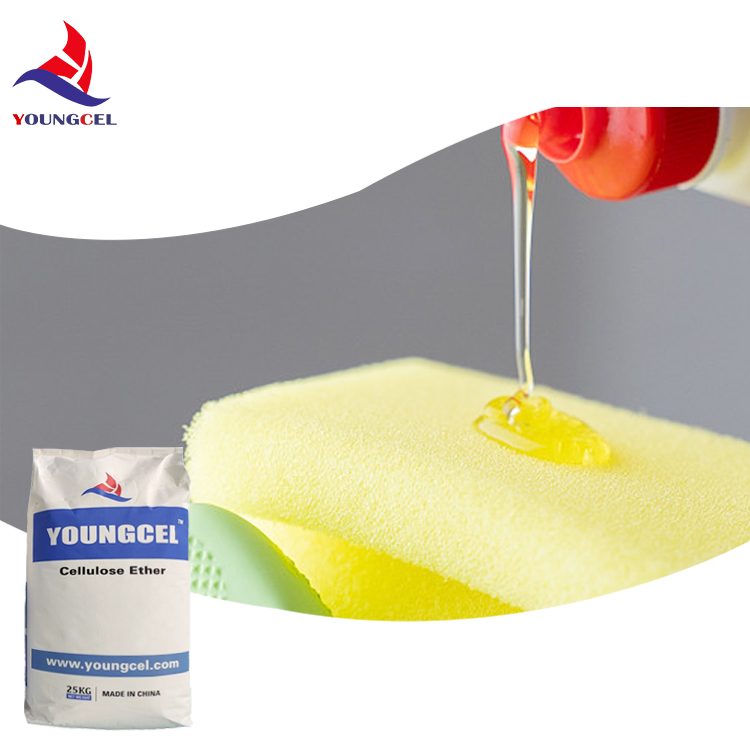Understanding the Chemicals Used in Paints
Paint is an essential material in various industries, serving aesthetic, protective, and functional purposes. However, the chemistry behind paint is complex, involving a multitude of chemical compounds that contribute to its properties and performance. This article will explore the common chemicals used in paints, their functions, and the importance of understanding these substances in both an industrial and environmental context.
Basic Components of Paint
Paint generally consists of four primary components pigments, binders (or resins), solvents, and additives. Each of these components plays a specific role in the formulation and performance of the paint.
1. Pigments Pigments are solid, color-bearing substances that give paint its color and opacity. They can be organic or inorganic compounds. Organic pigments, such as phthalocyanine blue, are often more vibrant but can be less stable than inorganic pigments like titanium dioxide, which is widely used due to its excellent opacity and brightness. The choice of pigment impacts the aesthetic appeal as well as the durability of the paint.
2. Binders Binders, or resins, are critical components that hold the pigment particles together and provide adhesion to the substrate. They can be synthetic or natural and are responsible for the paint's durability, flexibility, and gloss. Common types of binders include acrylics, alkyds, and epoxies. Acrylics, for instance, are favored for their quick drying times and resistance to color fading, while alkyds are valued for their durability and ability to adhere well to various surfaces.
3. Solvents Solvents are liquids used to dissolve or disperse the other components of the paint, making it easier to apply. They play a crucial role in controlling the viscosity and drying time of the paint. Common solvents include water, which is used in water-based paints, and organic solvents like toluene or acetone in oil-based paints. The choice of solvent has significant implications for the paint's application properties and environmental impact. Water-based paints are generally considered more environmentally friendly due to their lower levels of volatile organic compounds (VOCs).
chemicals used in paints

4. Additives Additives are chemicals added in small quantities to enhance specific properties of the paint. These can include anti-foaming agents, which prevent the formation of bubbles during application; biocides, which inhibit mold and mildew growth; and thickeners, which adjust the paint's viscosity. The right combination of additives ensures the paint performs optimally under various conditions.
Environmental and Health Considerations
While the chemicals used in paint are essential for achieving desired performance characteristics, some can pose health and environmental risks. VOCs, for instance, are a category of chemicals that can evaporate into the air and contribute to air pollution and health issues when inhaled. Therefore, regulations often limit VOC content in paints, especially those used indoors.
Moreover, the handling and disposal of paints require careful consideration to avoid environmental contamination. Lead, once a common pigment in paints, is now banned in many countries due to its toxic effects. Similarly, awareness around the use of certain other heavy metals, such as cadmium and mercury, has led to stricter controls in paint formulations.
Conclusion
Understanding the chemicals used in paints is critical for consumers, manufacturers, and environmental advocates alike. By being knowledgeable about the purpose and impact of various paint ingredients, stakeholders can make informed choices regarding the products they use or produce. As the industry moves toward more sustainable practices and formulations with lower environmental impact, the future of paint chemistry will undoubtedly evolve to meet these challenges. Whether for aesthetic or functional purposes, the world of paint will continue to innovate, emphasizing the need for awareness about the substances that color our environment.
-
The Versatility of Industrial Additives: Mhec, Hpmc, And Wall Putty SolutionsNewsMar.28,2025
-
The Importance of HPMC in Modern IndustriesNewsMar.28,2025
-
Partnering with Reliable Manufacturers for Optimal ResultsNewsMar.28,2025
-
Enhancing Construction Performance with Redispersible Polymer PowdersNewsMar.28,2025
-
Enhancing Construction and Household Products with Advanced AdditivesNewsMar.28,2025
-
Building Strong Foundations with Key Construction MaterialsNewsMar.28,2025






